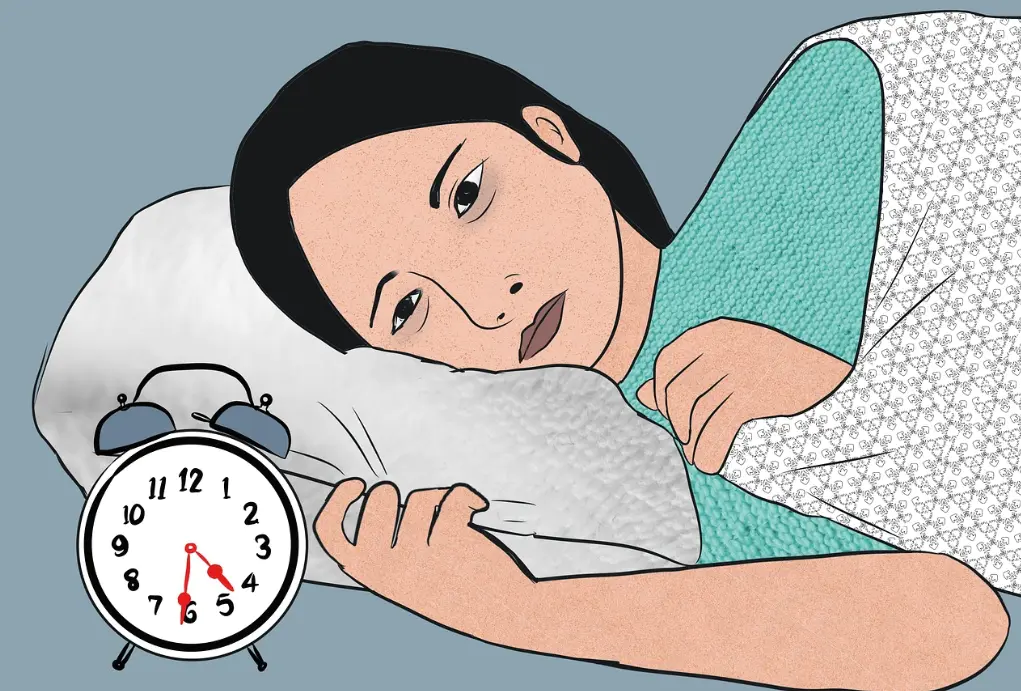Maintaining healthy joints is key to staying active and pain-free. Here are seven practical tips to help you protect and strengthen your joints, ensuring long-term mobility and comfort.
1.Strengthen Surrounding Muscles
To support your joints, it’s crucial to strengthen the muscles around them. For hip joints, focus on your glutes, hamstrings, quadriceps, and abdominal muscles. These muscles also play a key role in protecting your knees. Engage in safe exercises to build strength without putting extra strain on your joints. If you’re unsure where to start, a fitness professional can suggest simple exercises, including chair or mat-based routines, to get you started.
2.Improve Flexibility
Alongside strengthening muscles, don’t forget to maintain flexibility in the joints. Regular stretching can enhance the range of motion and help prevent stiffness. It's also essential to give your body enough time to rest and recover after physical activity. Overdoing it can lead to strain, so always listen to your body and pace yourself.
3.Wear Supportive Footwear
The right shoes are more than just a fashion choice – they provide crucial support for your feet, which affects the health of your joints. Well-designed shoes can improve balance, reduce the risk of ankle injuries, and provide stability, especially when walking or standing for long periods.
4.Maintain Postural Strength
Good posture supports overall joint health. Pay attention to your core muscles, which include your abdominal muscles and those in your back. These muscles help support your spine and maintain proper posture. Regular exercises like planks can strengthen your core, but be sure to start slow and use proper technique to avoid strain.
5.Incorporate Balance Exercises
Prolonged sitting can be hard on your joints, so it’s essential to incorporate balance and flexibility exercises into your routine. Activities like yoga or tai chi can improve your posture, flexibility, and joint stability. Many online classes are available, or you may find local fitness options that suit your schedule.
6.Consider Professional Guidance
If you’re new to exercise or unsure about proper techniques, consider seeking the advice of a fitness professional. A personal trainer can assess your strengths and weaknesses, teach you the correct form, and help you set achievable fitness goals tailored to your needs.
7.Understand the Difference Between Soreness and Pain
It's important to listen to your body. Muscle soreness from exercise is common and typically fades with rest. However, if you experience joint pain that doesn’t improve with rest or becomes tender to the touch, it's wise to consult a healthcare provider. Knowing the difference between normal soreness and pain can help prevent further injury and keep you on track for a healthy, active lifestyle.
Recent
See All2025-02-26
Mastering Emotional Management: Practical Strategies for Emotional Regulation
2025-02-26
Simple and Effective Tips for Overcoming Insomnia
2025-02-26
Understanding and Preventing the Common Cold: A Guide to Staying Healthy
2025-02-26
Effective Weight Management: Simple Strategies for Long-Term Success
2025-02-26
Strength Training for Beginners: A Simple Guide to Building Muscle Safely
Newsletter
Get life tips delivered directly to your inbox!






